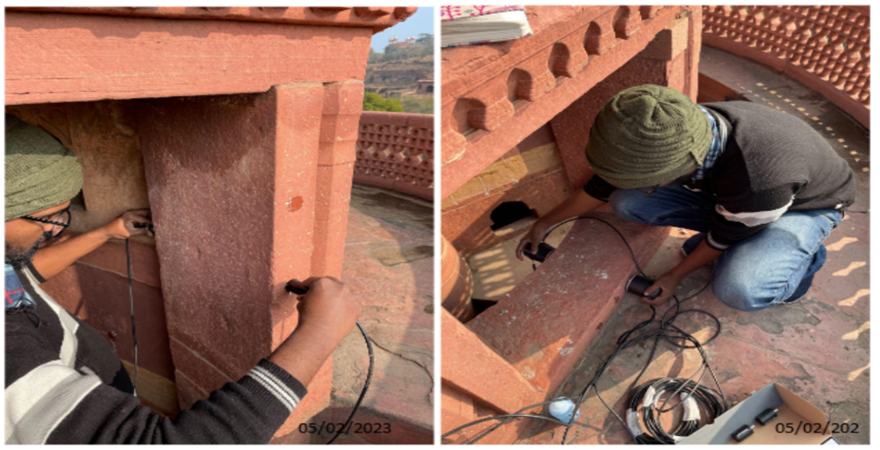- +91-11-4044-5999
- info@cdri.world
-
Copernicus Marg, New Delhi, INDIA
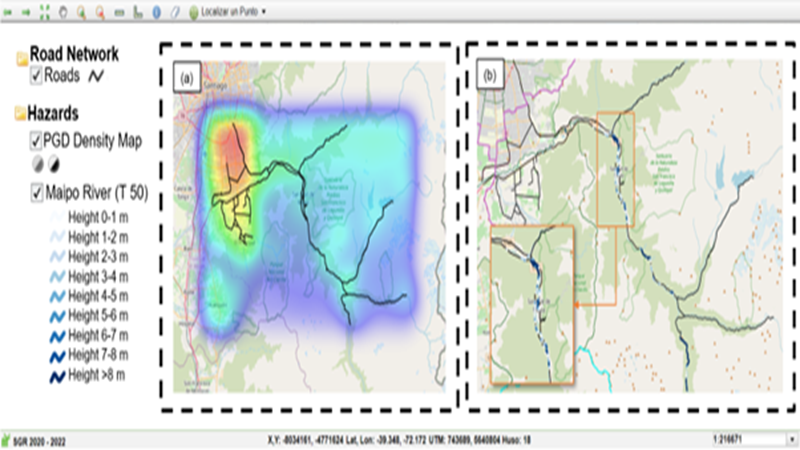
Managing and Financing Risk for Resilient Rural Road Networks: Standards Recommendations under a Multi-Hazard Approach
Dr Alondra Chamorro, Dr Echaveguren, Tomás and Ms Natalia Nieto
Department of Construction Engineering and Management, School of Engineering, Pontificia Universidad Católica de Chile; & Research Center for Integrated Disaster Risk Management (CIGIDEN), Santiago., Chile
Abstract: Damages induced by natural events to transportation systems create significant socioeconomic impacts in vulnerable territories such as rural areas. Management and funding of rural roads are commonly centred on economic and technical dimensions under normal operational conditions, where the socioeconomic consequences of natural events are rarely accounted for in decision-making and guidelines. The guidelines proposed in this research are unique and novel, as they suggest a holistic approach where socioeconomic impacts and risk assessment under multi-hazard scenarios are considered for managing and financing risk reduction of rural roads. The methodology is applied to a case study from which guidelines will result.
The research aims to propose holistic resilience guidelines that account for the socioeconomic impacts caused by natural events and financial requirements for resilient rural road networks in vulnerable territories and populations exposed to multiple natural hazards.
First, a diagnosis of current standards for financing and managing the risk of rural roads was developed. Next, a methodology to assess risk considering socioeconomic impacts was proposed. Subsequently, the method was applied to a rural road network in central Chile. Finally, the resilience guidelines and financing recommendations were elaborated. The proposed methodology was applied to a rural road network in central Chile exposed to seismic and hydro-meteorological hazards. The case study considered geographical, social and environmental conditions typical of rural settings with limited accessibility. Based on this application and sensitivity analysis, resilience guidelines were proposed.
The analysis considered the simulation of seismic and hydro-meteorological hazards that have historically caused infrastructure damages and socioeconomic consequences in Chile. Economic losses were estimated regarding travel-time increase and agency costs, and social effects were included using the social vulnerability of the exposed population in terms of the Social Vulnerability Index. As a result, the document “Guidelines for Managing Risk of Rural Road Networks” was developed. It consists of practical recommendations for risk management, including parameters such as scalability, data sources and risk governance, among others.
 in floating community space (fls) in the peruvian amazon.jpg)
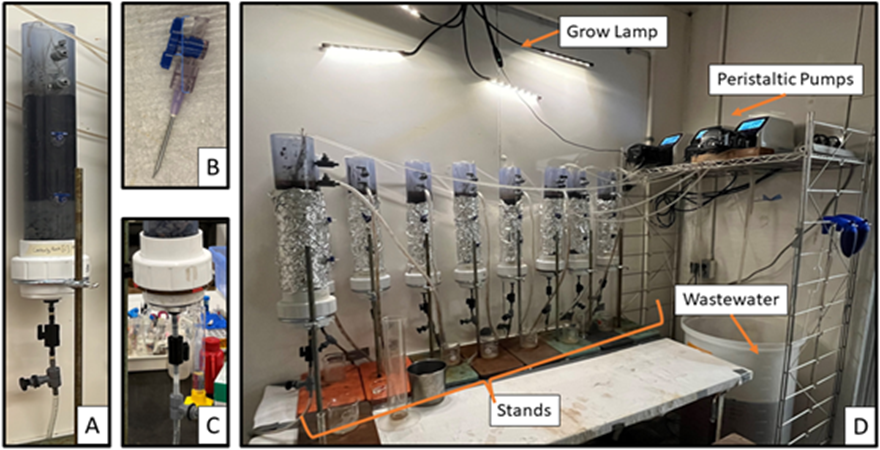
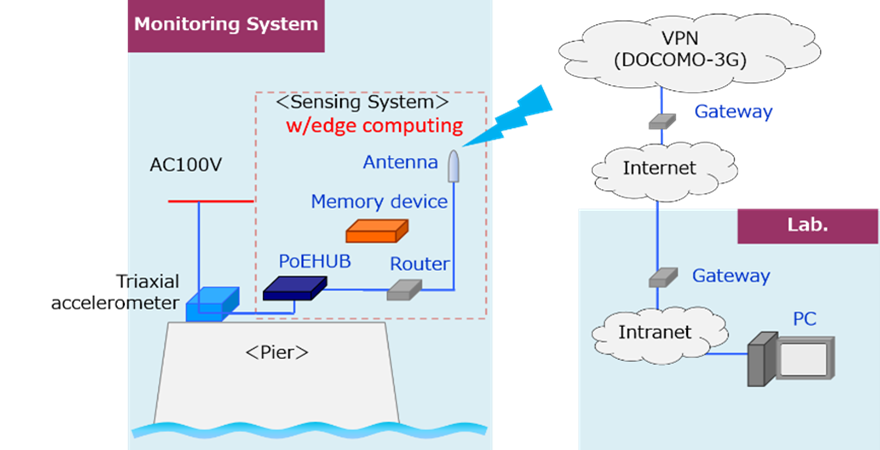
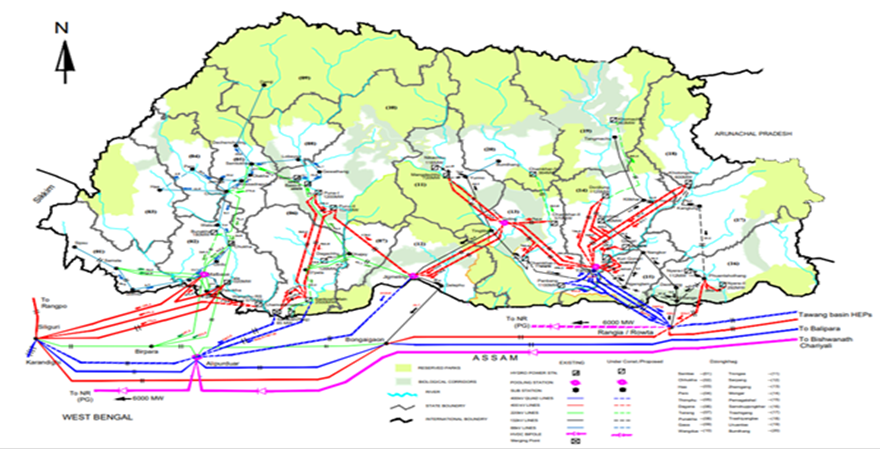

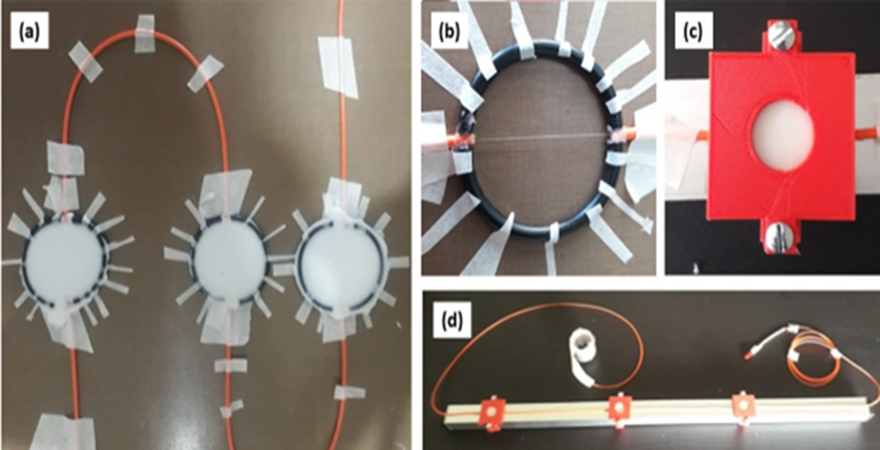
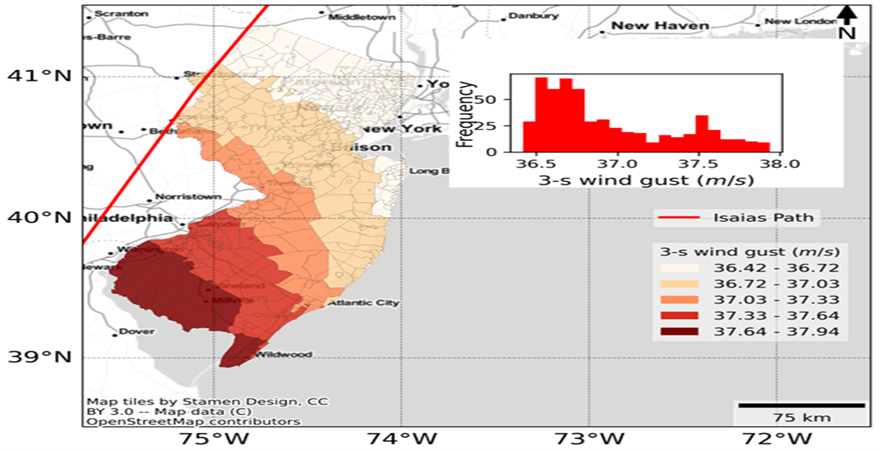
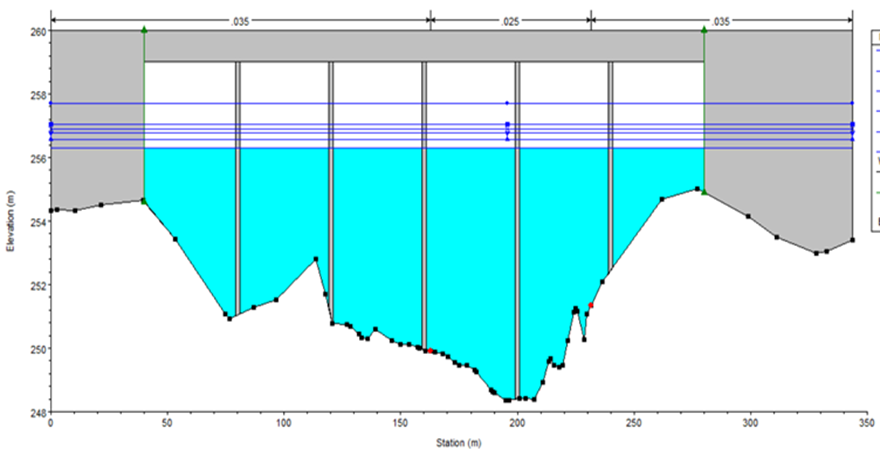
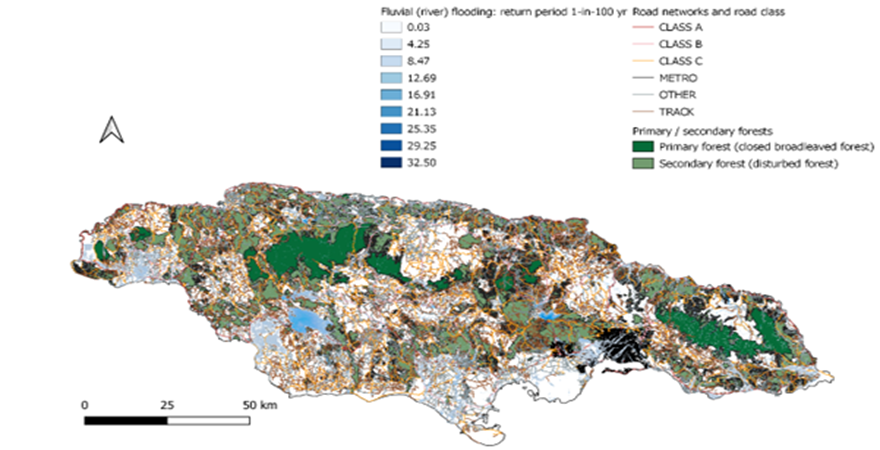
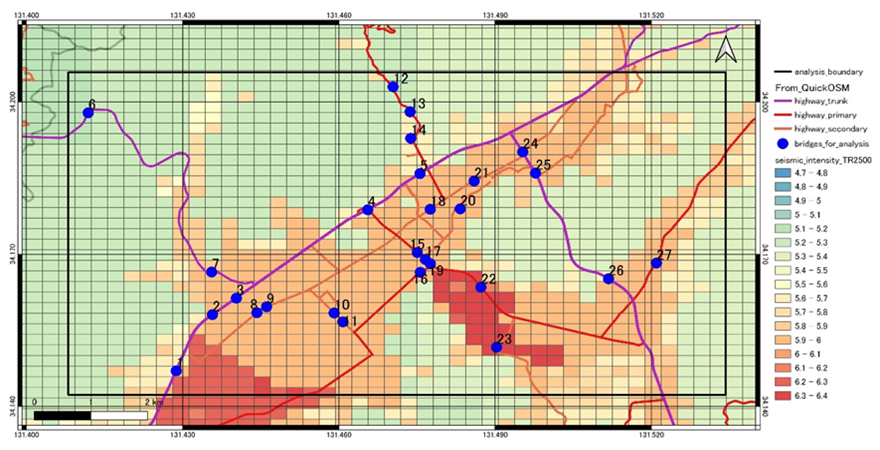

 for infrastructures based on disaster.png)
